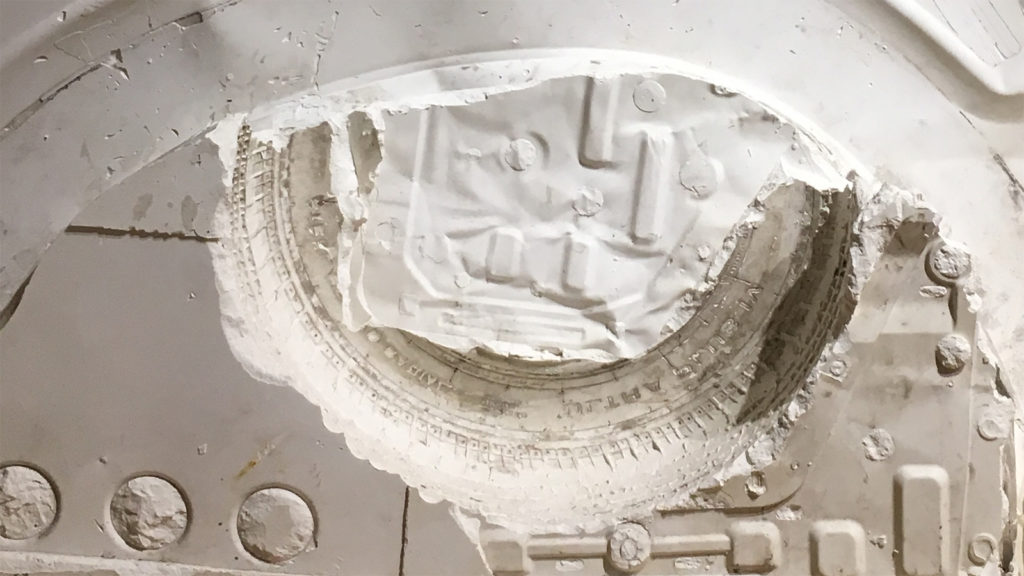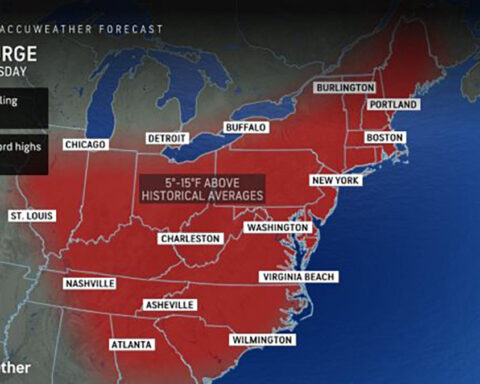It’s a bright sunny Sunday morning with a bit of Spring chill in the air and the recent rains have worked well to wash away the curse of winter from our yards and our minds. There are random fallen branches to pick up, flower beds to rake out, and, of course, the lawnmower to get running.
After being in the lawn mower repair business for the better part of thirty years, as both a mechanic and a shop owner, I can assure you that if you have neglected your lawn mower you are not alone — and there is certainly no shame in it.
Here, I will tell you how, with a basic set of hand tools and a little patience, you can carry out the process of getting your lawn mower ready for reliable service all year long.
Getting started
Once you have dragged your mower out of the shed or from under your tarp, it is a good idea to clear any debris from the topside of the mower and to then remove the spark plug to prevent it from starting while you are working on it. Later, at the end of the service you can either replace or clean your spark plug and re-install.
Last year’s fluids
Next is to remove both the old gas and oil from the unit separately into shallow pans for later disposal. Set up one of the pans to the side of your mower and remove the gas cap. Then, carefully and slowly, tip the mower onto its side, letting the old gas spill into your pan.
Once completed, reinstall the gas cap and set up another pan to the side of the mower with the dipstick. Remove the dipstick and turn the mower on its other side and let the old oil slowly drain into your pan, resting the mower on its side and handle on the ground. You will be leaving your mower on its side for a while to not only drain the cold oil out but to address the underside of the mower. Get yourself a putty knife and scrape away the buildup of dead grass clippings from the underside of the unit.
Blade removal, sharpening, replacement,
Next is to remove the mower blade for inspection, replacement or sharpening. If you haven’t done this before, there are some hacks to doing this safely. While some folks will just jam a piece of 2×4 in there to brace the blade, I suggest a safer method. With a large C clamp, clamp a small piece of 2×4 to the underside lip of your mower, then carefully rotate the blade until it hits your fabricated stop. Remove the blade with a hand tool and inspect it. If the edge is still relatively good, you can clean it up with a hand file, if you have the patience, or a grinder. If the blade is severely worn or bent, however, you will need to buy a new one.
Bring your blade and the model and serial number of your mower to a local shop or hardware store and replace it. Reinstall your sharpened or replaced blade in the same manner you took it off, paying attention to how it locks into the blade adapter and which side of the blade points up. Screw in the center blade bolt and rotate the blade in the opposite direction against your clamped stop then tighten with a wrench or socket.
The underside of the mower is now complete and the unit can be set back upright for you to refill the oil to the proper level. Pour the oil slowly and recheck the level with the dipstick. Once the correct level is achieved then turn the dipstick to lock it into place.
Air filter and spark plug
On most walk behind lawn mowers, the air filter is on the left side of the engine under a cover. Remove the cover with the snap clips or fastening screw and inspect the filter and clean the air box from debris. If it’s not too bad then it can be cleaned and reinstalled but new air filters are relatively inexpensive so you may just want to replace it.
At this point you are almost done. Clean or replace the spark plug and reinstall it carefully with just a good snug and do not overtighten it. Check the operator presence control at the top of the handlebars for ease of operation and lubricate the top or bottom of the cable if needed. Top up the gas tank with fresh fuel and start your mower as you would ordinarily with either the primer or letting the auto-choke do its work. It may smoke a bit from being laid on its side but that will clear up. Let the mower run for a minute or so then shut it down and re-check the oil level and restart.
You are now fully serviced (with the exception of cleaning the carburetor) and ready to go for a season full of easy starts and a great cut.


![[source: Pexels]](https://www.greylockglass.com/wp-content/uploads/2019/04/lawnmower-384589_1920.jpg)
![Pl77 [CC BY-SA 3.0 (https://creativecommons.org/licenses/by-sa/3.0)]](https://www.greylockglass.com/wp-content/uploads/2019/04/1024px-1264_Rogator_Spraying_Corn-1024x683.jpg)





